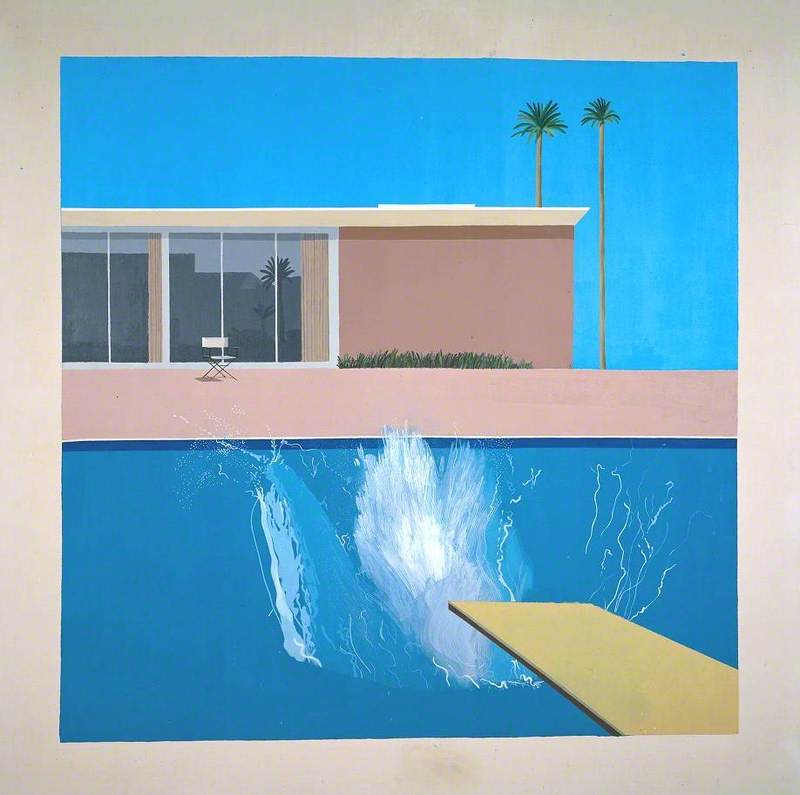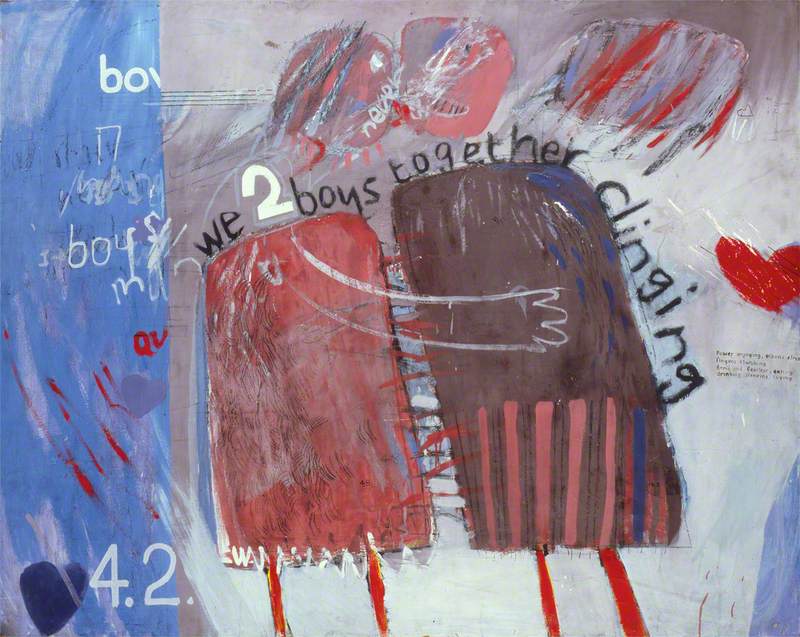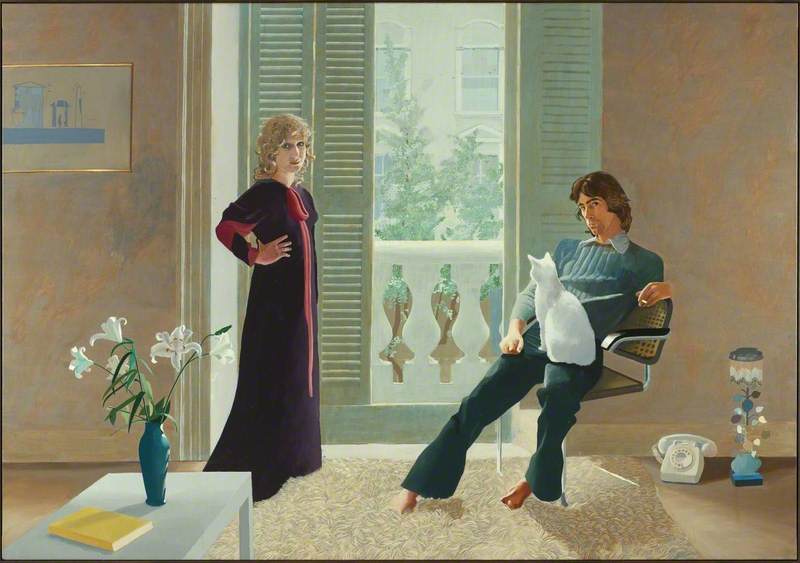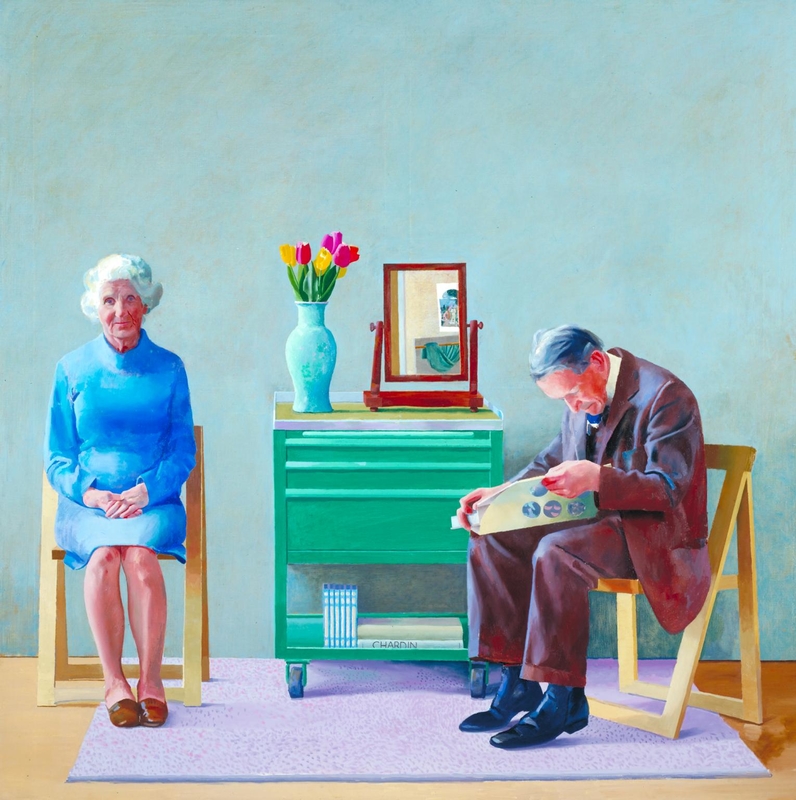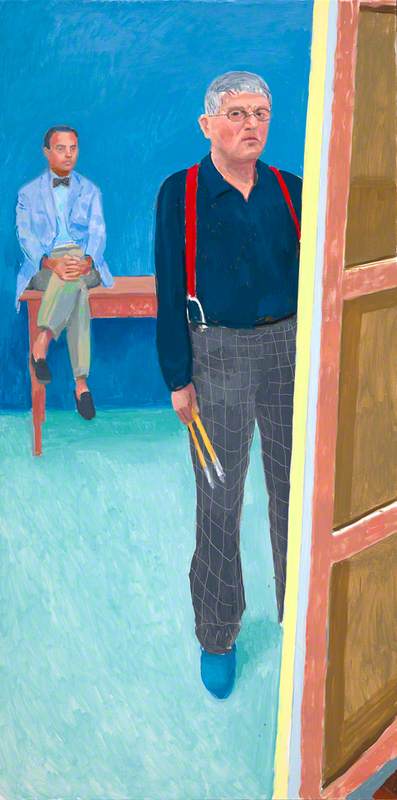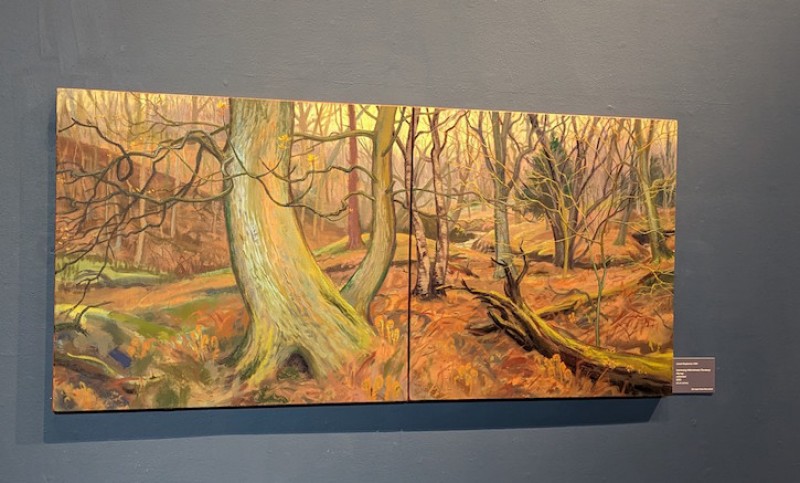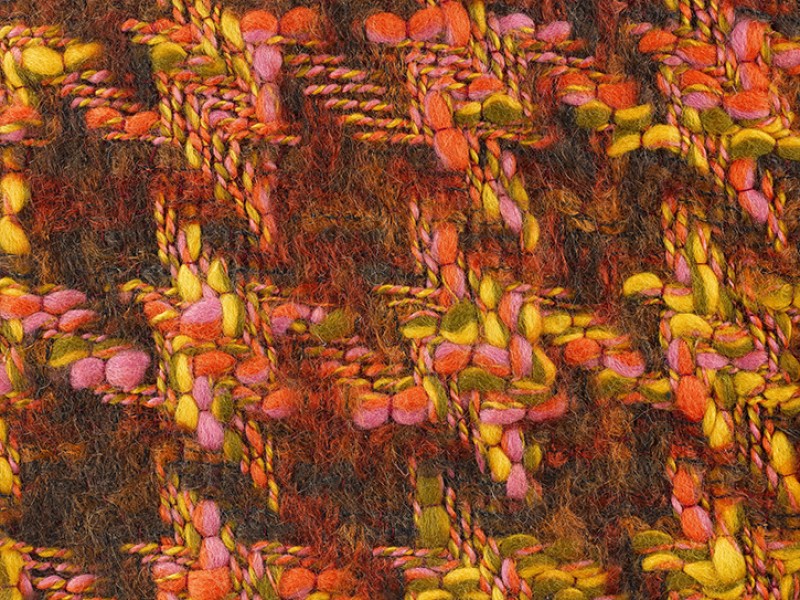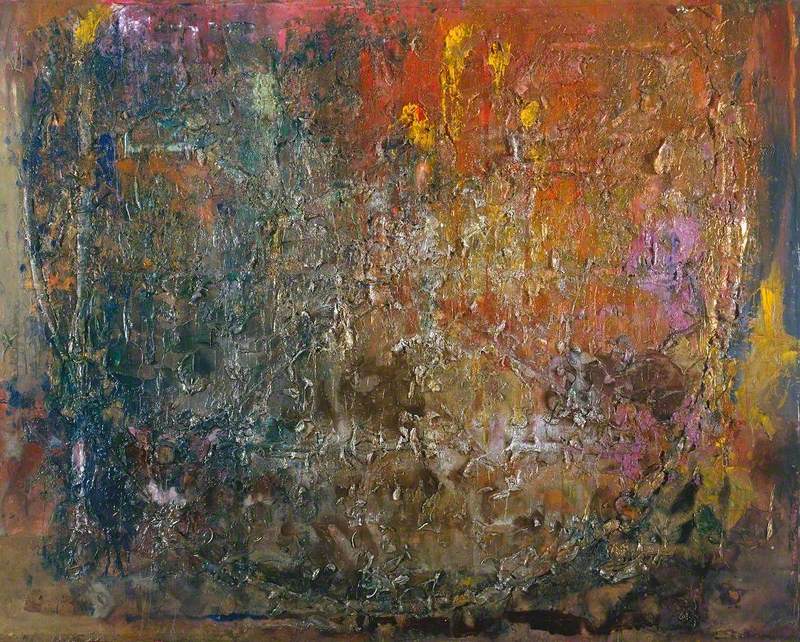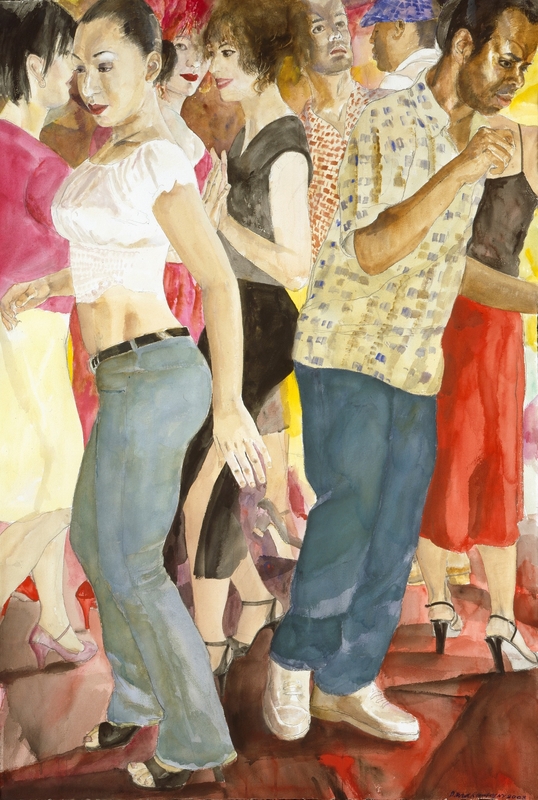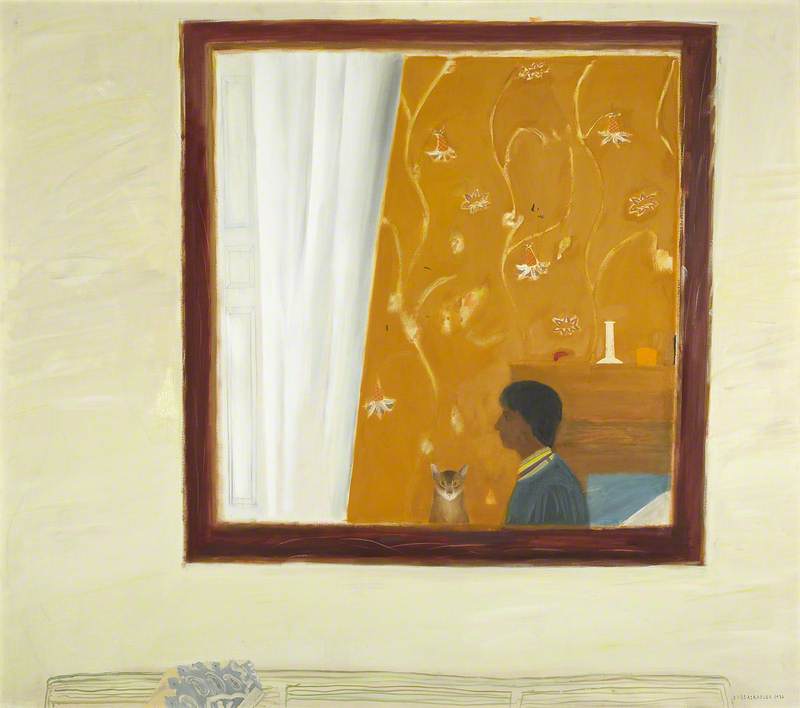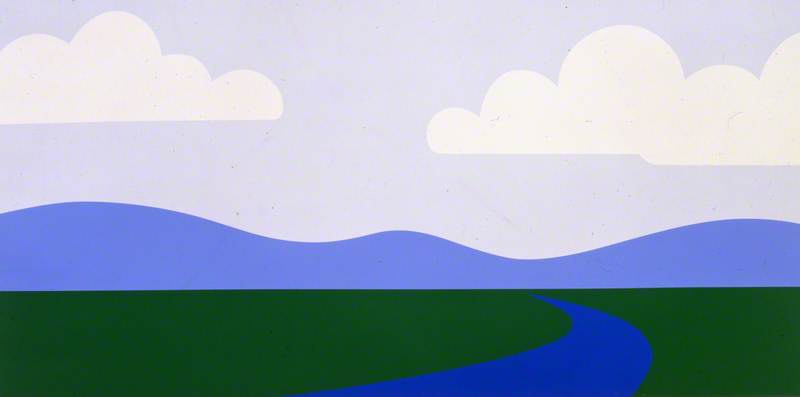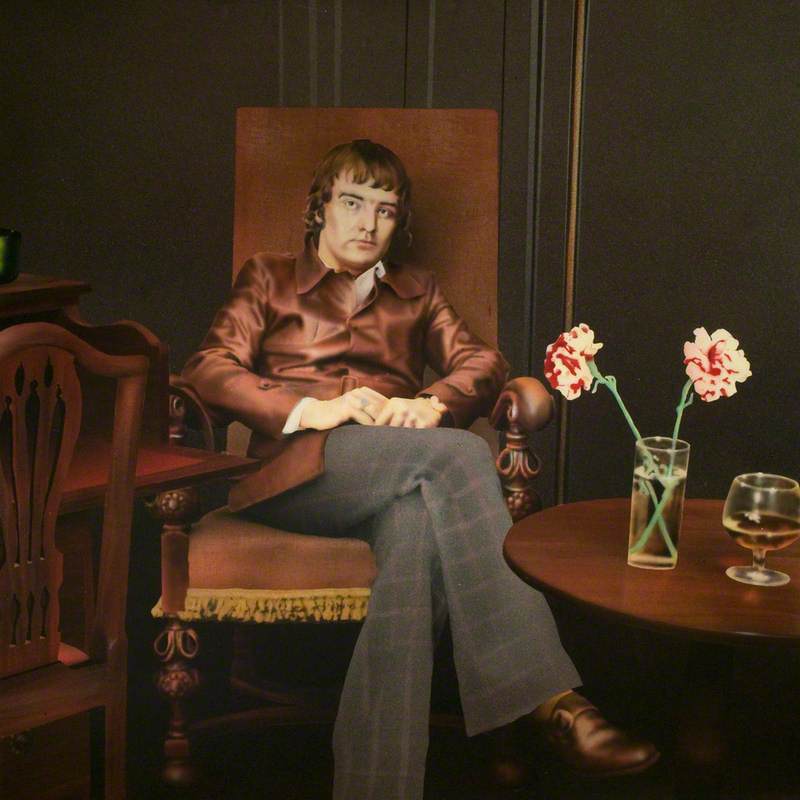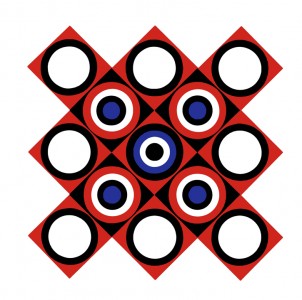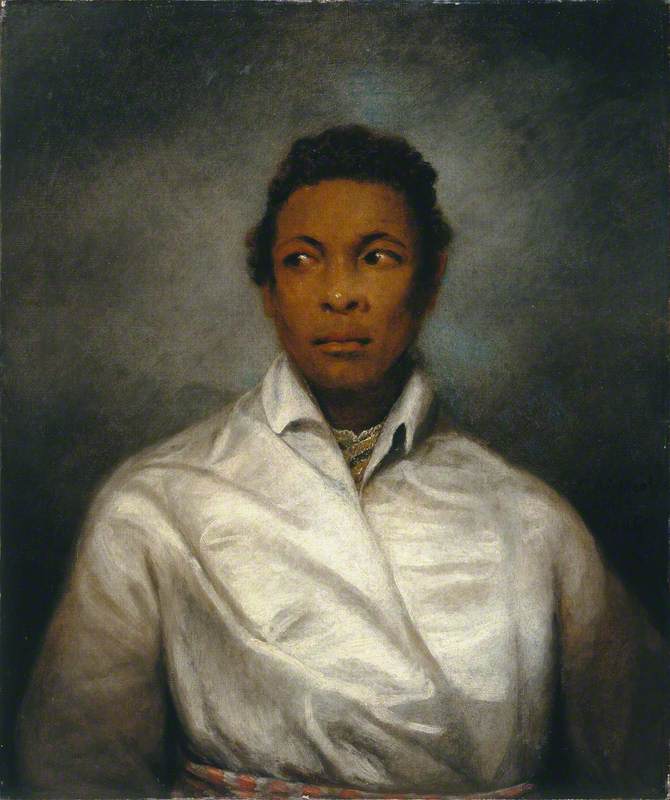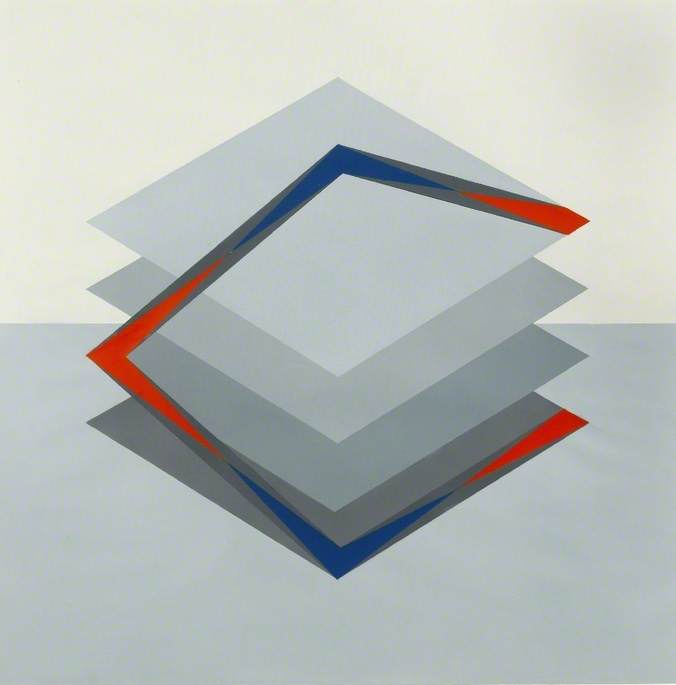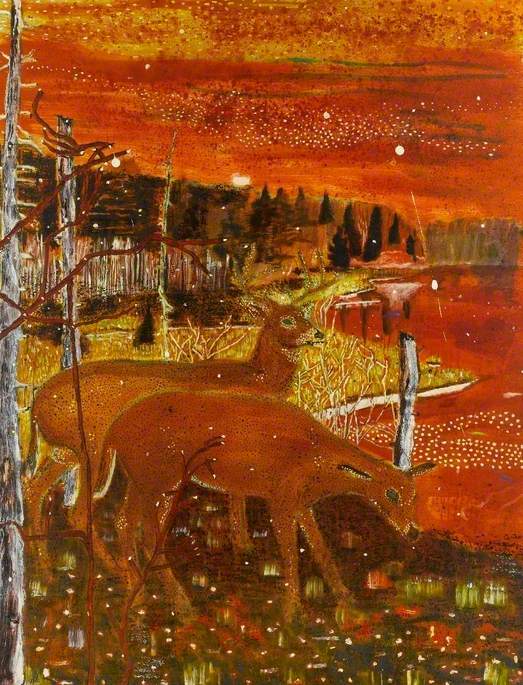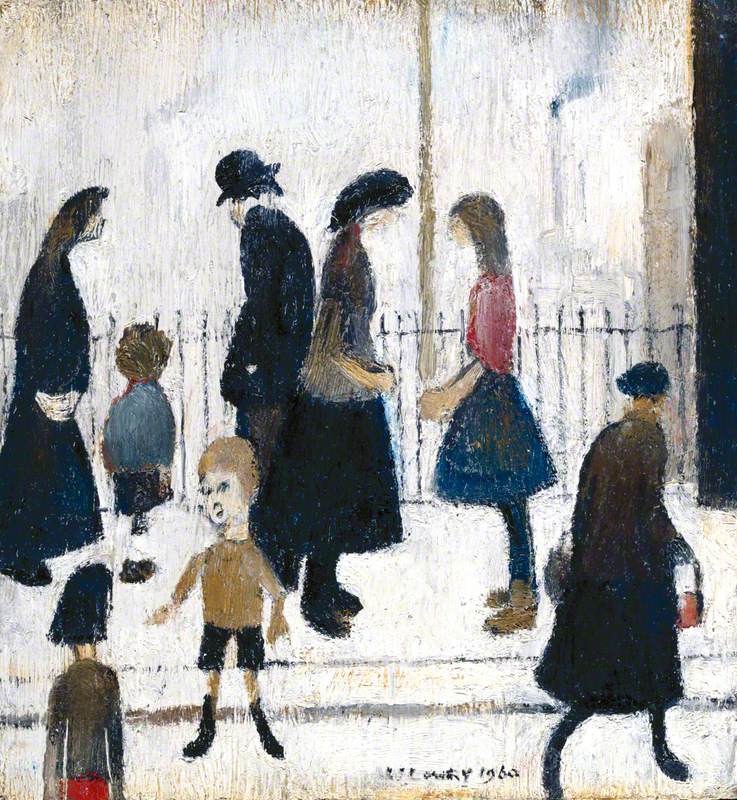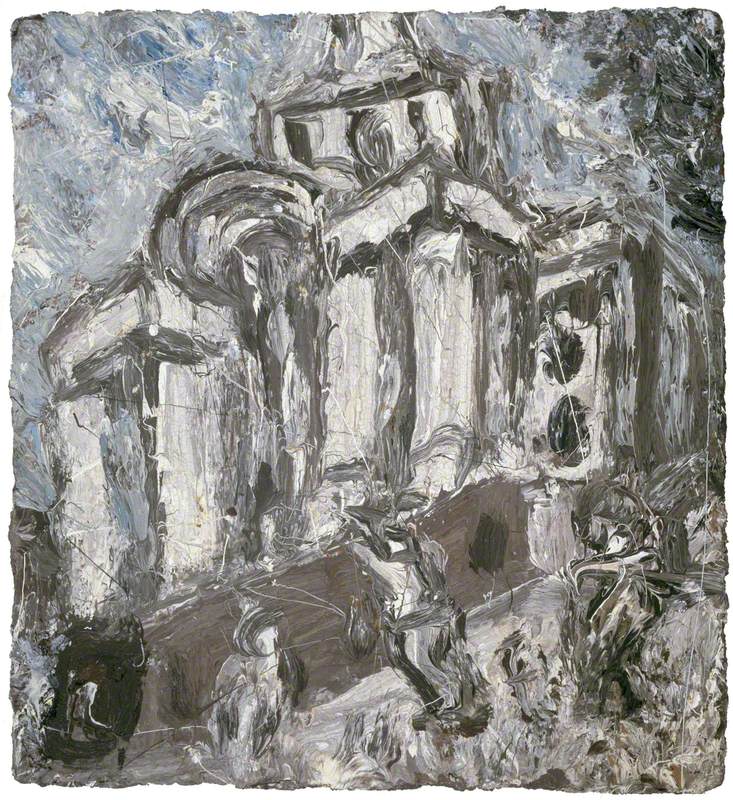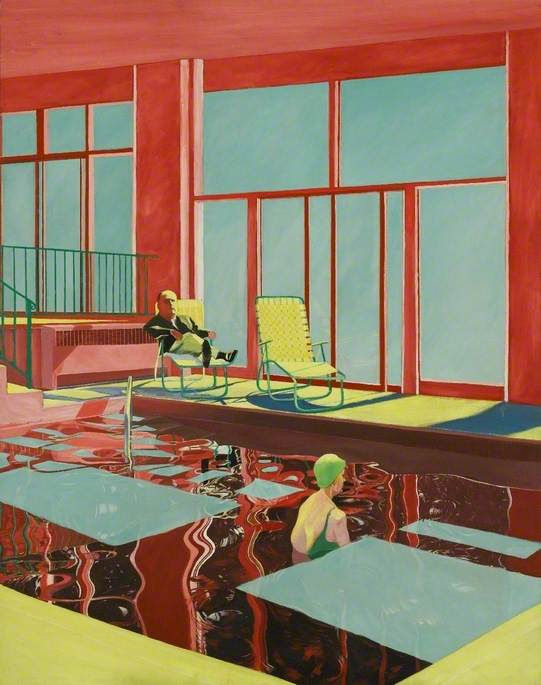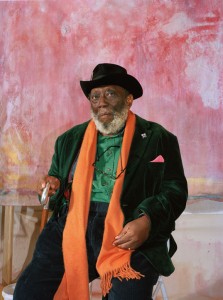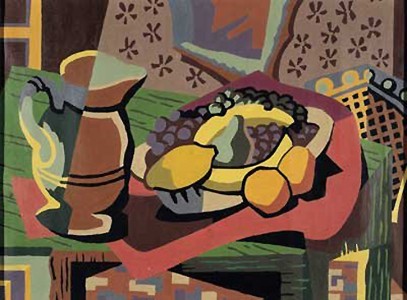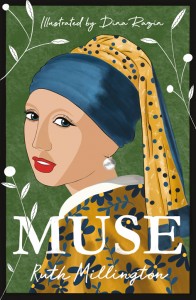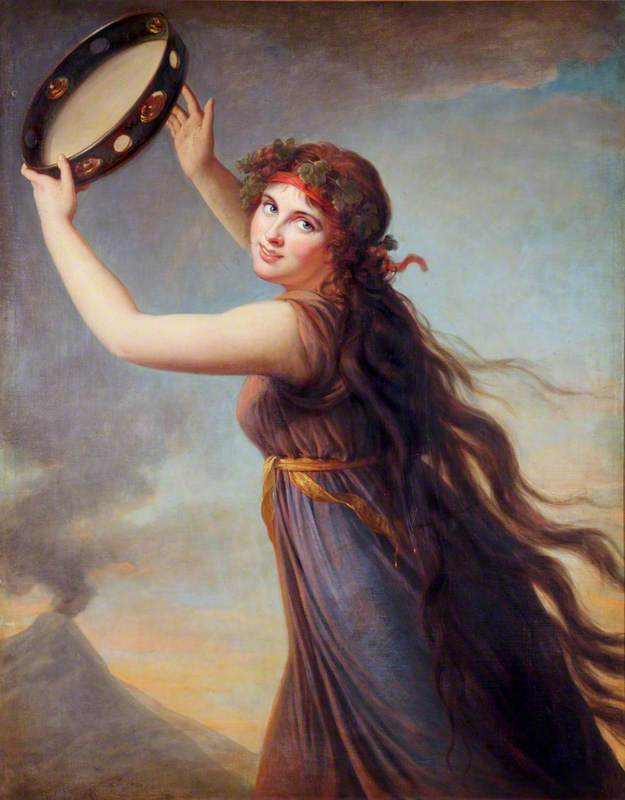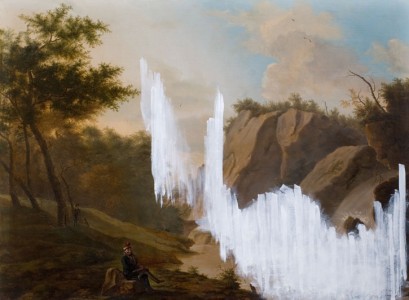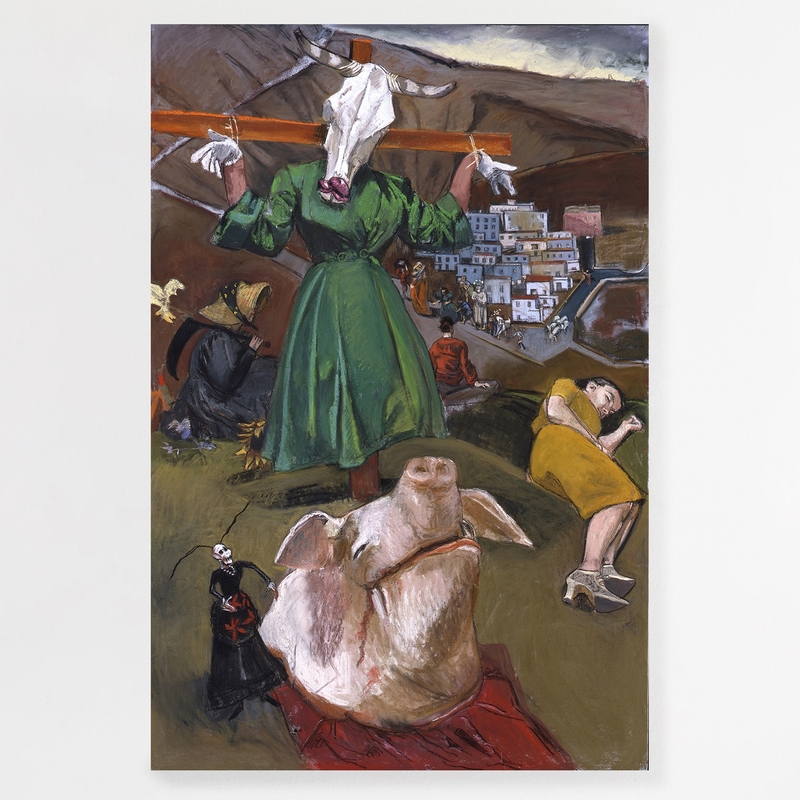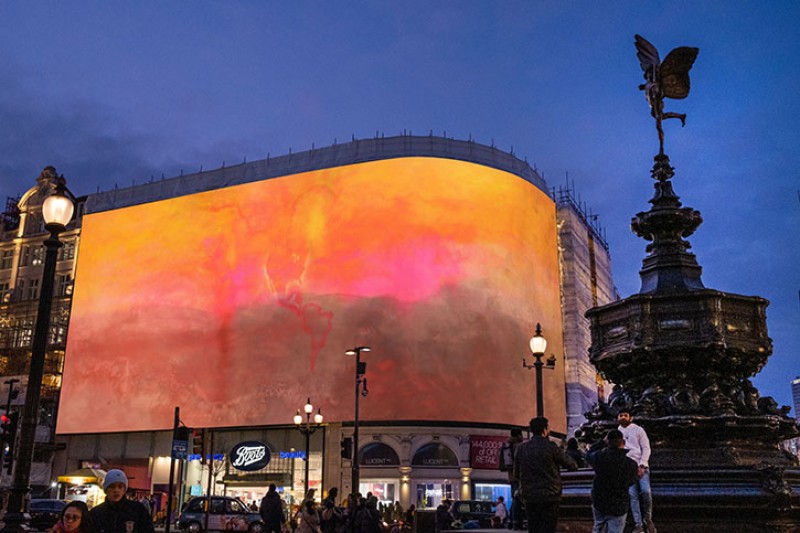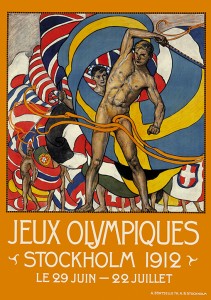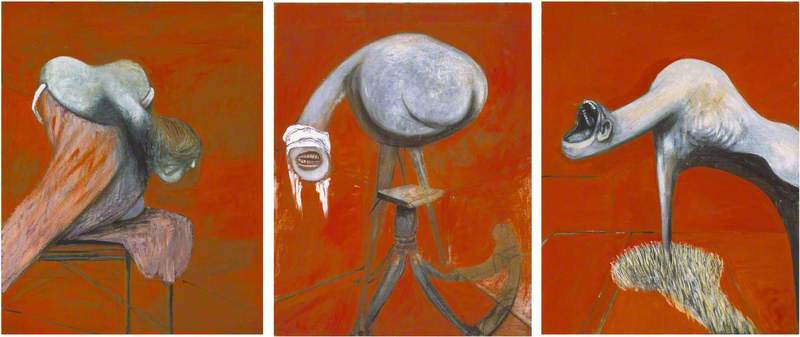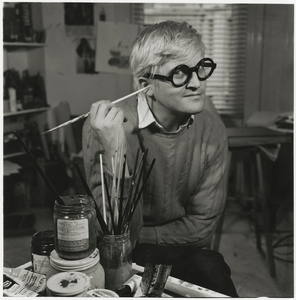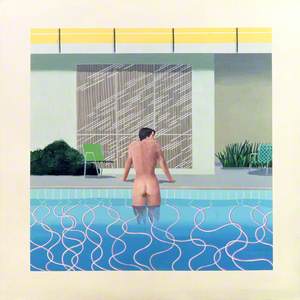David Hockney is one of Britain’s best-known and best-loved living artists.
A key figure in the Pop Art movement of the 1960s, he was much influenced by American suburbia and landscape.
Some of his most famous early paintings, such as Peter Getting out of Nick’s Pool, 1966, which won first prize in the John Moores Liverpool Exhibition, and A Bigger Splash, 1967, evoke the summer heat and lifestyle of California. He is a fine draughtsman, particularly of figures, and most recently has also incorporated the use of photography and new digital technologies into his image-making.
Hockney was born in Bradford in 1937 and, after leaving Bradford Grammar School for the town’s School of Art at the age of 16, he did two years’ national service as a hospital orderly and was accepted by the Royal College of Art, London, in 1959. In 1962 he was awarded its gold medal. His fellow pupils included R. B. Kitaj, a lifelong friend, Allen Jones, Derek Boshier and Peter Phillips, all to be prominent members of the Pop Art movement.
Of equal importance to Hockney’s early style was American Abstract Impressionism, although his subjects remained figurative, as in We Two Boys Together Clinging of 1961. This painting also illustrates Hockney’s open homosexuality, which remained a strand of his work in painting and especially drawing, printmaking and portraiture. He illustrated the work of the gay Egyptian writer Cavafy and his work has made reference to other gay writers such as Gustave Flaubert, Walt Whitman, W. H. Auden, and Christopher Isherwood.
After influential travels to Italy and Egypt, and successful exhibitions after leaving the Royal College, Hockney moved to America in 1963, despite being unable to drive. He taught in Iowa and UCLA and had successful exhibitions in New York and London. He did the first of several theatre and opera designs and sets of etchings. California inspired the many images of men in showers and swimming pools that are so typical of this period. He also spent much time in France in the late 1960s, which inspired many paintings, and lived in Paris from 1973–1975.
Gradually, through the 1960s, Hockney’s style became more realistic, turning into what he called his ‘semi-naturalistic style’. This enabled his work to be both widely popular and taken seriously by museums and other artists. He made portraits of friends and family and his first commissioned portrait in 1970.
His portrait drawings are especially fine, including those of the fashion designer Celia Birtwell, seen in the famous painting Mr and Mrs Clark and Percy, 1970–1971, his parents, painted in My Parents, 1977, and his male friends.
His best-known and perhaps most successful etchings were made for Six Fairy Tales from the Brothers Grimm in 1969.
In 1978 Hockney experimented with materials. His Paper Pools, made from coloured and pressed paper pulp, much like felt, material particularly suitable for evoking the blue wetness of Californian swimming pools.
Wide desert landscapes and the Grand Canyon revealed to him the inadequacy of western perspective with its single viewpoint (see Double Study for A Closer Grand Canyon).
In 1982–1983 Hockney made a number of photographic collages and composite images with conventional cameras and Polaroids, which enabled him to combine several viewpoints into one composition. Hockney’s love of technology expanded into the use of fax machines, digital printers, and most recently iPhones and iPads to enable him to create and send original works across the world to exhibitions.
In his paintings of the 1980s and 1990s, Hockney’s recording of American sunshine and beach life was transformed stylistically by the angularity of Cubism, the bright colours of Matisse and the strange juxtapositions of Surrealism. These explorations of art history coincided with and encouraged his experiments with perspective and technology.
In particular, he was intrigued by the possibility that Vermeer and his contemporaries in seventeenth-century Holland used the camera obscura, a form of lightbox, to achieve their extraordinary degree of realism. In the 1990s Hockney made some portrait drawings himself, using the related camera lucida.
Hockney’s return to Bridlington, Yorkshire in 2004 led to a new phase of his art: a series of large rural landscapes, on many canvases, exploring the topography of the Yorkshire Wolds.
Bigger Trees Near Warter Or/Ou Peinture Sur Le Motif Pour Le Nouvel Age Post-Photographique
2007
David Hockney (b.1937) 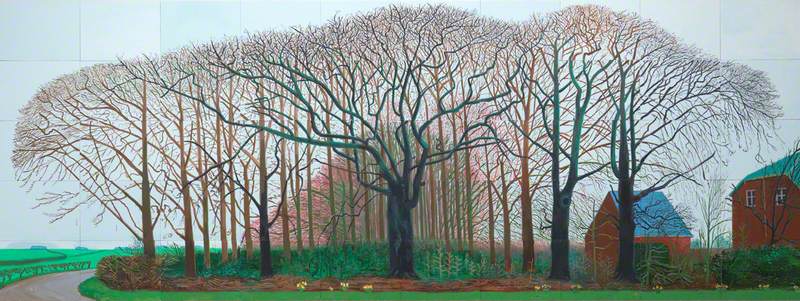
The culmination of these, Bigger Trees Near Warter (...) of 2007, the artist gave to the Tate Gallery in 2008. His latest and most extensive exhibition was held at Tate Britain in 2017.
Andrew Greg, National Inventory Research Project, University of Glasgow


